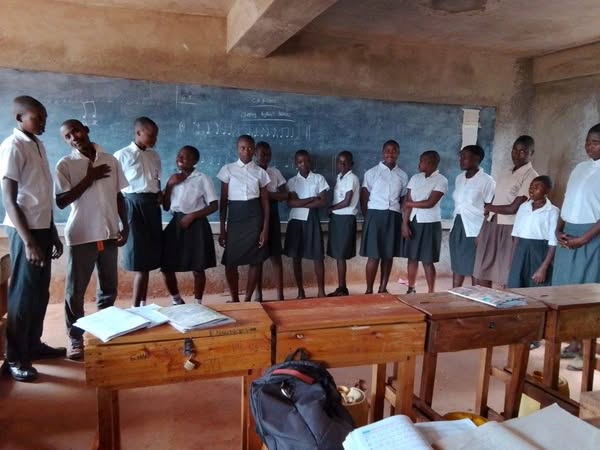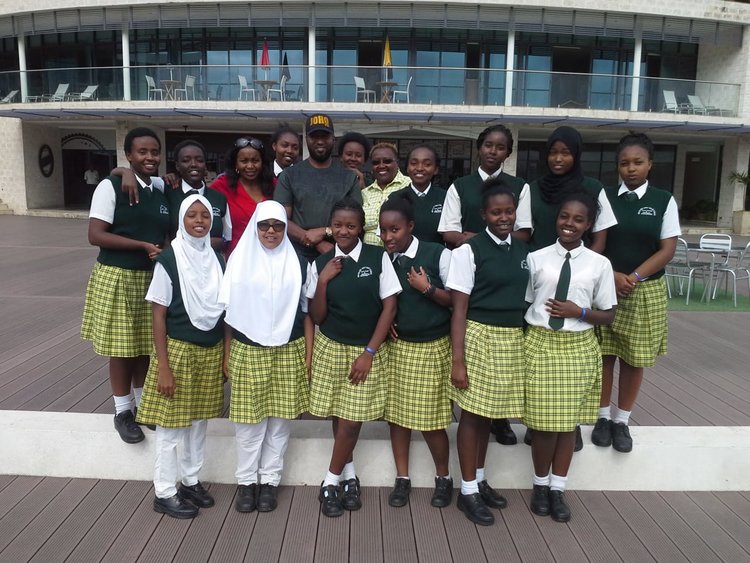Grade 9 Learners to Select Senior Schools in Second Term Under New Guidelines
Grade 9 Learners to Select Senior Schools in Second Term Under New Guidelines

Grade 9 Learners will Select Senior Schools in Second Term Under the New Transition Guidelines by the Ministry of Education. The selection process is distinct from the registration of national exams, allowing students to make educated decisions based on the new career pathways model.
New School Classification based on Career Pathways
The Ministry will implement a new classification system which will replace the existing national, extra-county, county, and sub-county school categories. Senior schools will be categorized into:
Triple pathway schools – Providing all three career pathways:
STEM
Social Sciences
Arts and Sports
Double pathway schools – Providing STEM and one of the other two pathways.
All senior schools are required to offer the STEM pathway, thus ensuring a solid foundation in science and technology education.
School Selection for Learners
Students will choose 12 schools in accordance with their preferred career pathway and subject combinations:
4 schools for first-choice pathway
4 schools for second-choice pathway
4 schools for third-choice pathway
For the selection of boarding and day schools:
9 will be boarding schools (3 from the learner’s home county and 6 from outside their county).
3 will be day schools situated within their home sub-county.
This guarantees that learners can access schools that align with their career choices while ensuring a balanced student distribution across regions.
Core and Optional Subjects in Senior School
Senior schools will provide 38 subjects, with the core subjects including:
English
Kiswahili
Kenyan Sign Language (for learners with hearing impairments)
Physical Education
Community Service Learning (experiential, project-based learning)
ICT skills will be integrated throughout all subjects to improve digital literacy.
Pathway Selection and Expected Enrollments
The Ministry anticipates that:
60% of learners will choose STEM, which includes fields such as building construction, electricity, metalwork, mechanics, woodwork, media technology, and marine and fisheries technology (available in select schools). * 15% will pursue the Arts and Sports pathway which will emphasize sports science, music, dance, theatre, film, and fine arts.
The remaining 25% will engage in the Social Sciences pathway which will encompass business studies, humanities, and related subjects.
Transition will be Smooth
Senior Deputy Director at KICD, Eunice Gachoka stated that the new system enables learners to specialize without feeling constrained, providing flexibility in subject selection based on interest and capability.
The Ministry has also reassured parents that placement will depend on learners’ preferences, school capacity, and subject availability. The system includes data verification measures to prevent mismatches, such as boys being assigned to girls’ schools.
Students with special needs will have dedicated institutions to address challenges related to hearing, visual, physical, cognitive, or developmental issues such as autism and cerebral palsy.
Final Guidelines to be Released Soon
With public consultations on the draft guidelines now concluded, the Ministry will revise their feedback and issue the final transition framework.
The Ministry anticipates that this updated system will provide learners with clearer academic trajectories, ensuring that education reflects skills, interests, and demands of the job market.






